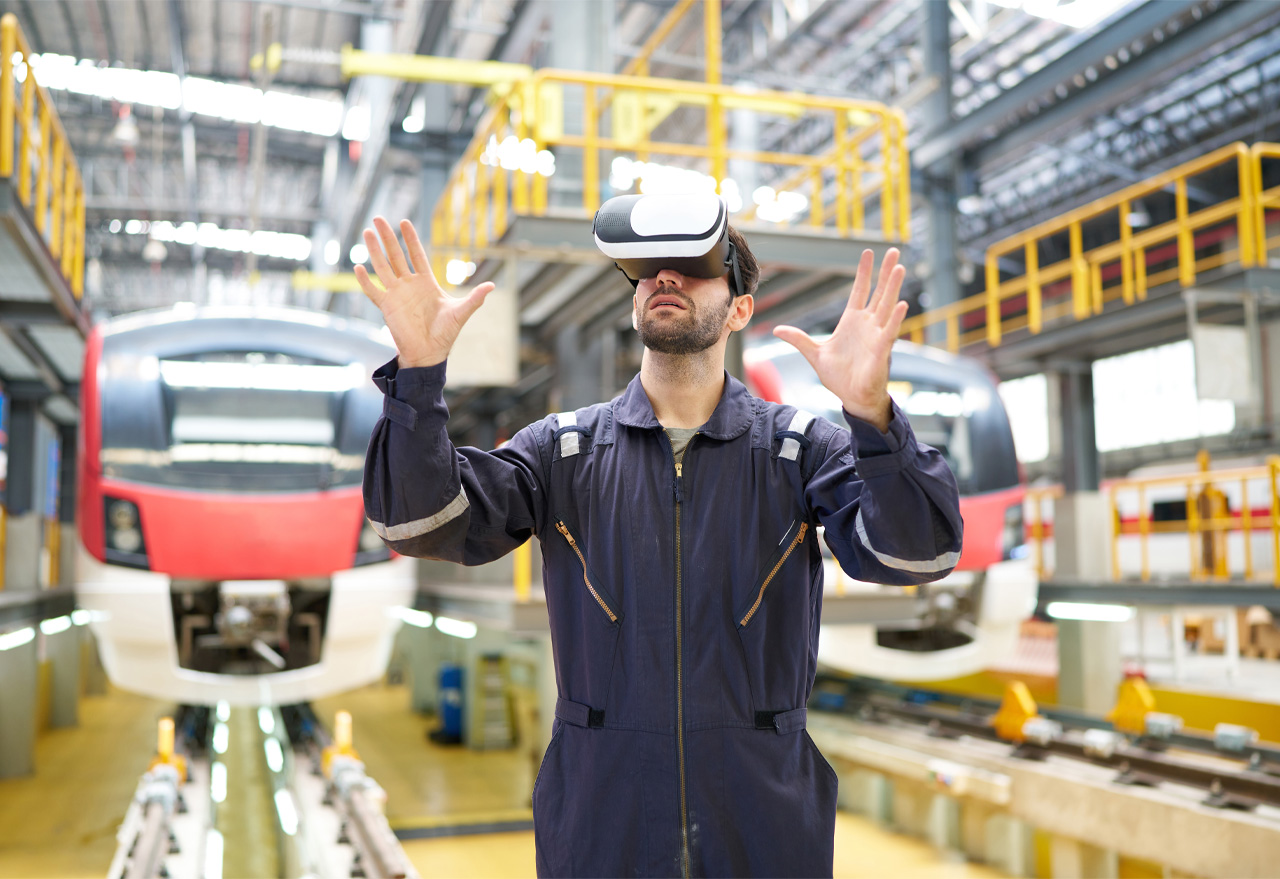When it comes to demonstrating a product to prospective customers in different locations across the world, the physical distance can create a potential barrier to securing a sale. Online brochures and videos have their limitations and often don’t match up to seeing the real deal.
But, what if businesses could digitally place that same product directly into a customer’s environment and lead them in a walk-through of its features remotely? Augmented Reality (AR) can give businesses in multiple industries the ability to do just that and it has been transforming the way they sell over recent years.
How Does Augmented Reality Work?
In a nutshell, AR enhances a user’s existing world or view by adding digital elements and information that appear as if they are sitting in their environment. These digital elements are activated through a smartphone, tablet or AR headset/glasses.
Shortening The Sales Cycle With Remote Product Demonstrations
Where AR really adds value in the sales cycle is its ability to enable businesses to complete live product demonstrations in minutes from anywhere in the world. Using AR, sales representatives can position realistic 3D replicas of products into a customer’s home or work setting without needing to be physically present. Interactive touchpoints can then be tagged onto these models, highlighting specific selling points.
This helps to overcome some of the challenges often encountered with traditional product demonstrations. For example, AR experiences can help customers to:
- interact with products that may be too large to bring into particular environments
- visualise key internal features or components that would typically be difficult to see otherwise
- quickly customise the product in real-time to meet their needs

Delivering After-Sales Service To Enhance Customer Experience
The applications of AR aren’t just limited to the start of the sales cycle, as the technology can also be applied to deliver post-sales support. Customers still expect high-levels of service once they’ve made a purchase. If these drop at any stage, a business can risk losing them forever.
Common maintenance processes can be transformed into AR experiences, with step-by-step instructions being digitally overlaid onto the physical component or machine. This helps customers to reduce downtime and improve productivity.
If technical problems do arise, AR-enabled remote assistance can also be used to connect customers to technical experts immediately. As the expert can see exactly what the customer sees in real-time, they can provide over-the-shoulder support remotely. By adding digital annotations in AR to guide them through the necessary repairs, this avoids prolonged periods of downtime and reduces travel costs for experts.






